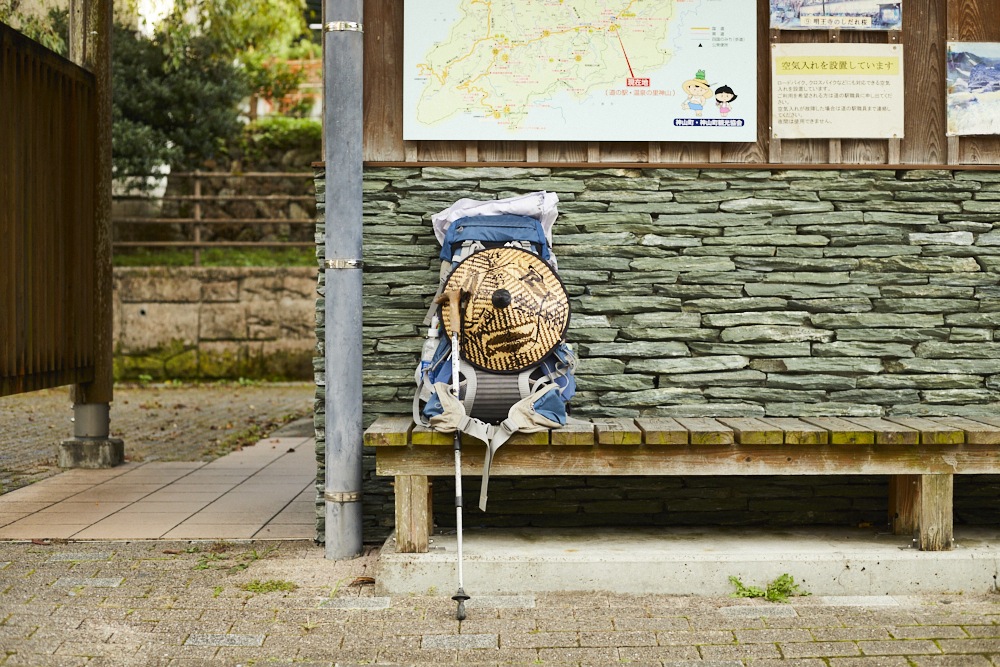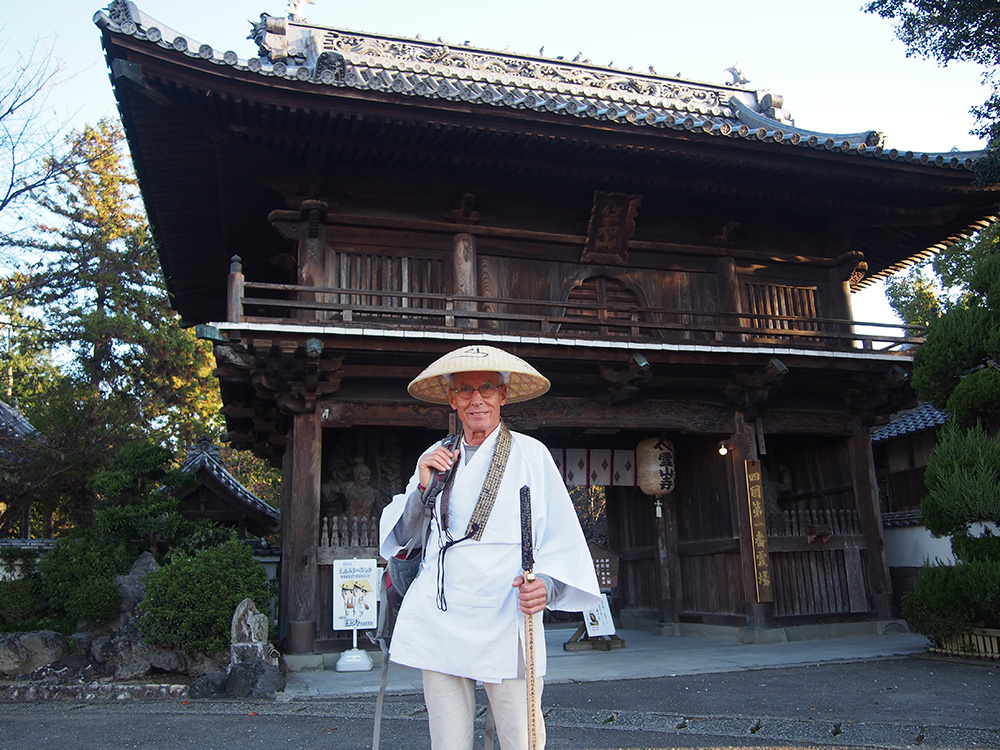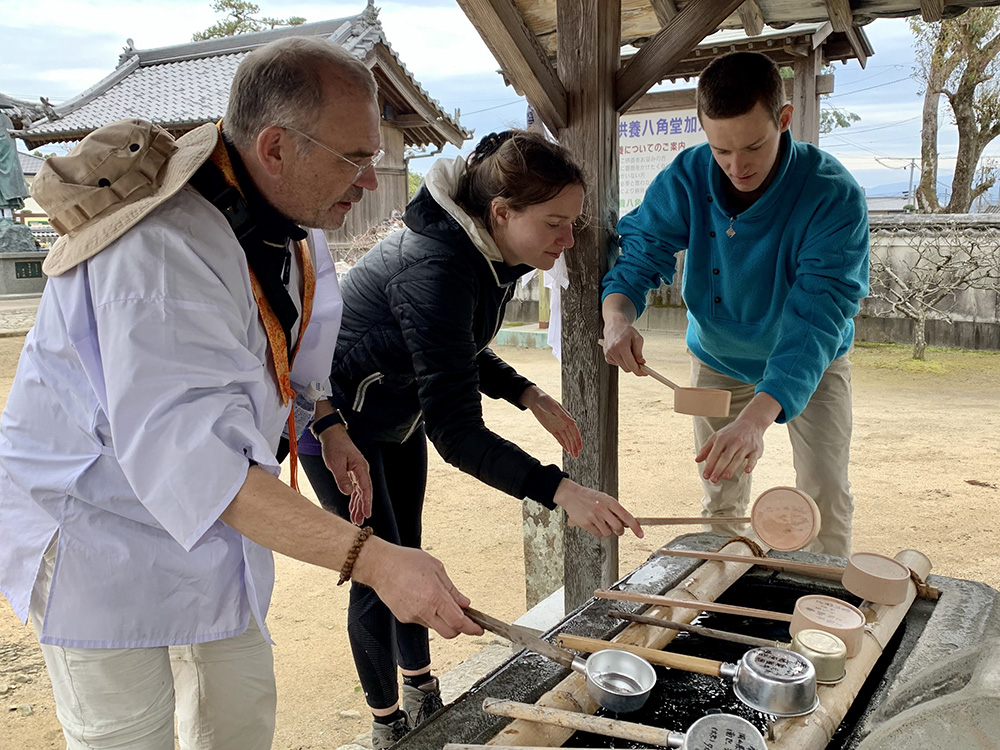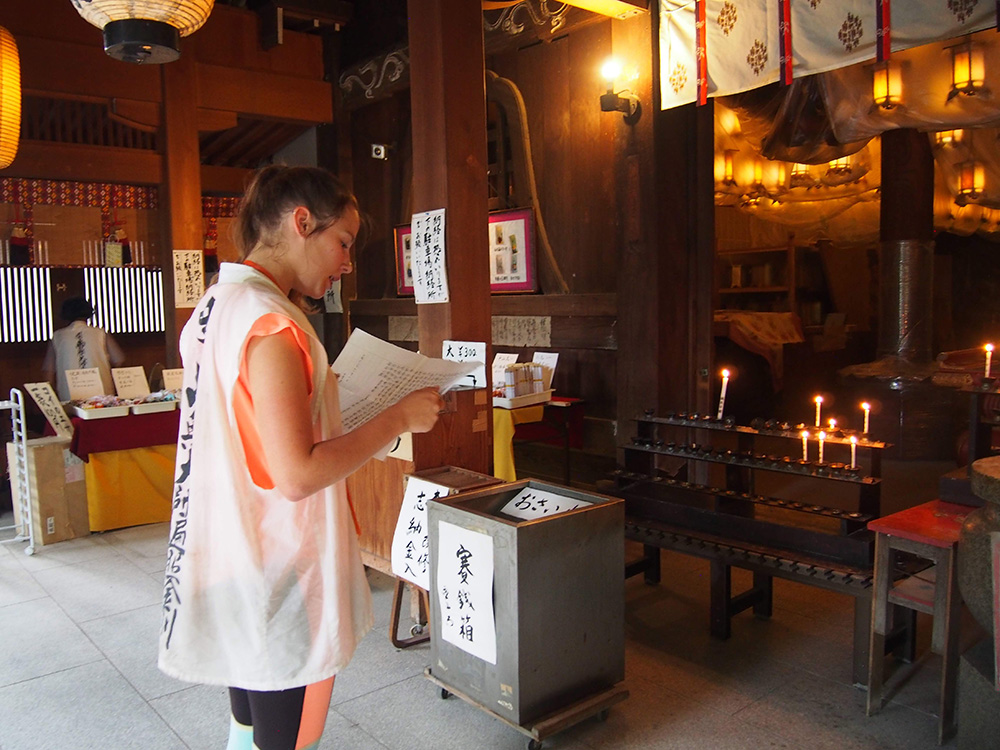English
So You Want to Try the Shikoku Pilgrimage? Here’s What You Need to Know

The Shikoku 88 Temple Pilgrimage starts in East Tokushima, with the first 20 temples scattered across the area. It’s where most people start their venture, though some will end it here, taking a reverse route. Whichever way you choose, it’s important to know some of the rules and guidelines to ensure a respectful and safe journey.
What is the Shikoku Pilgrimage, Anyway?

The Shikoku Pilgrimage consists of 88 temples across the island of Shikoku that Kobo Daishi is said to have trained at, visited, or founded during the 9th century. It is one of the few fully circular pilgrimage routes in the world and first records of it can be traced back to the 12th century. The pilgrimage route can, for some, include several extra temples and sacred locations on top of the official 88 temples. It’s about 1,200 kilometers long, and while it used to be done entirely on foot, many people do it by bus, car, or even bicycle these days.
Although it is by definition a religious journey, people of any faith and background are welcome to try their hand at this, as long as it is done respectfully. Some people embark on this journey to pray for healing of themselves or others, while others use it as a way to find themselves or escape the daily grind. Whatever the reason, most people come back feeling they have changed in some way.
Do’s and Don’ts – A Quick Guide


・Do research the places you would like to go in advance. Some are easier to get to, while others may be far from accommodation and public transport. Budget time and finances accordingly.
・Don’t feel the need to try to visit all 88 temples in one visit. Many people perform the pilgrimage in batches over the course of several years.
・Do consider wearing at least some of the traditional attire for ohenro (pilgrims) when on your journey. This is not a must, but it does create a connection with locals who recognize the garb.
・Do make sure to allow for extra time at the temple administration offices during the busy seasons in March to May and October to November when the weather is especially good.
Basic Guide to Visiting a Temple for Pilgrims
1. Before entering the main gate, stand to the left side. Put your hands together and bow once.
2. Rinse your hands at the fountain inside to purify yourself. Then put on your wagesa (loop-shaped monk’s stole) and hold your juzu (prayer beads/rosary)
3. If the temple has a bell that pilgrims may use, ring it once. (This should only be done when entering the temple, not leaving.)
4. At the main hall, light three sticks of incense and one candle and place the fee for these in the money box accordingly. Recite your sutras. This may be done silently or audibly.
5. Do the same thing at the daishi hall, if applicable.
6. Head to the administration office to get your pilgrimage book signed and stamped. This usually costs about ¥300.
7. Exit the main gate on the left side. Turn around and bow once after leaving.
Getting Around
As the full trail consists of 88 temples across the entire island of Shikoku, it may be best to either break up your journey into multiple trips, or travel by car. As an example, doing the full pilgrimage route on foot can take anything from six to eight weeks. By car, the same journey takes 10 to 20 days depending on the pace of your journey. It is also possible to get around by train or bus. There are also chartered bus options, which are popular with Japanese visitors, which usually take an estimate of 10 to 14 days for the full trip. Choose what works for you, your circumstances, and your budget.
More Info
For more details on the Shikoku Pilgrimage Route, visit https://shikoku-tourism.com/en/shikoku-henro/shikoku-henro
